Germanium Nitride Sputtering Target Description
Germanium Nitride sputtering target from TFM is a nitride ceramic sputtering material with the chemical formula Ge3N4. This material is commonly used in various thin-film applications due to its excellent properties and stability. It is particularly valued in the semiconductor industry for its use in devices requiring precise material deposition and high-quality films.
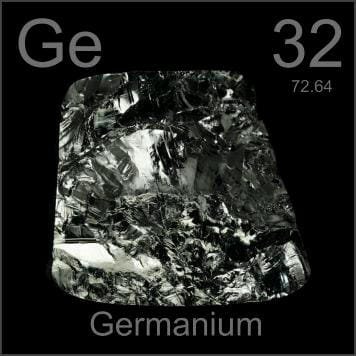 Germanium is a chemical element named after Germany, known by its Latin name “Germania.” It was first identified in 1886 by the chemist Clemens Winkler. Germanium is represented by the symbol “Ge” and has an atomic number of 32. It is located in Period 4, Group 14 of the periodic table, within the p-block. The relative atomic mass of germanium is 72.64(1) Dalton, with the number in brackets indicating the measurement uncertainty. Germanium is used in a variety of applications, including semiconductors and infrared optics.
Germanium is a chemical element named after Germany, known by its Latin name “Germania.” It was first identified in 1886 by the chemist Clemens Winkler. Germanium is represented by the symbol “Ge” and has an atomic number of 32. It is located in Period 4, Group 14 of the periodic table, within the p-block. The relative atomic mass of germanium is 72.64(1) Dalton, with the number in brackets indicating the measurement uncertainty. Germanium is used in a variety of applications, including semiconductors and infrared optics.
Related Product: Germanium Sputtering Target
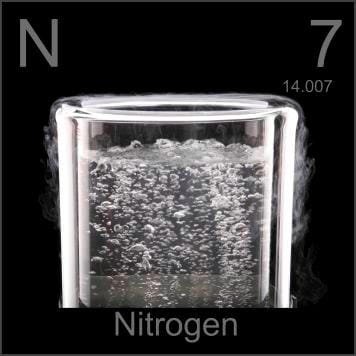 Nitrogen is a chemical element named after the Greek words ‘nitron’ and ‘genes,’ which mean nitre-forming. It was first identified in 1772 by the scientist Daniel Rutherford, who also managed to isolate it. Represented by the symbol “N,” nitrogen has an atomic number of 7 and is located in Period 2, Group 15 of the periodic table, within the p-block. Its relative atomic mass is 14.0067(2) Dalton, with the value in parentheses indicating the measurement’s uncertainty. Nitrogen is a major component of Earth’s atmosphere and is essential in various industrial and biological processes.
Nitrogen is a chemical element named after the Greek words ‘nitron’ and ‘genes,’ which mean nitre-forming. It was first identified in 1772 by the scientist Daniel Rutherford, who also managed to isolate it. Represented by the symbol “N,” nitrogen has an atomic number of 7 and is located in Period 2, Group 15 of the periodic table, within the p-block. Its relative atomic mass is 14.0067(2) Dalton, with the value in parentheses indicating the measurement’s uncertainty. Nitrogen is a major component of Earth’s atmosphere and is essential in various industrial and biological processes.
Germanium Nitride Sputtering Target Application
The germanium nitride sputtering target is commonly utilized in various applications, including thin film deposition and decoration, as well as in the manufacturing of semiconductors, displays, LEDs, and photovoltaic devices. It is also used for functional coatings in the optical information storage industry and for glass coatings in automotive and architectural glass. Additionally, it plays a significant role in optical communication systems.
Germanium Nitride Sputtering Target Packaging
Our germanium nitride sputtering target is meticulously tagged and labeled externally to ensure easy identification and maintain strict quality control. We take significant precautions in handling and packaging the targets to prevent any potential damage during storage or transportation, ensuring the product arrives in pristine condition.
Get Contact
TFM offers Germanium Nitride Sputtering Targets in various forms, purities, sizes, and prices. We specialize in high-purity thin film deposition materials with optimal density and minimal grain sizes, which are ideal for semiconductor, CVD, and PVD applications in display and optics. Contact Us for current pricing on sputtering targets and other deposition materials that are not listed.

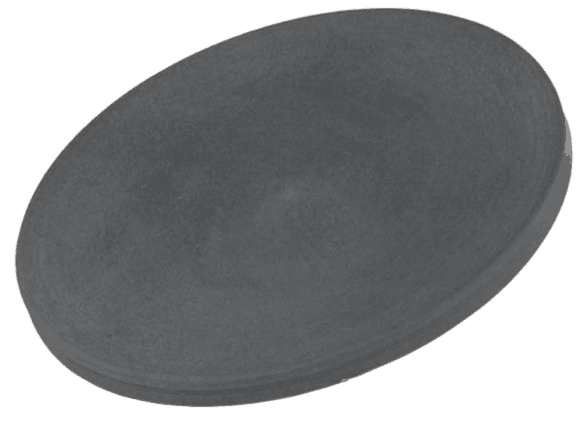

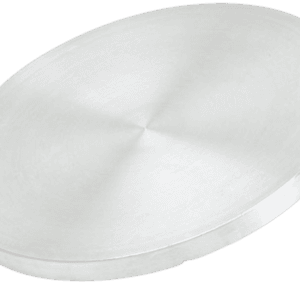
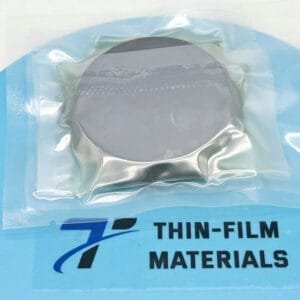
Reviews
There are no reviews yet.